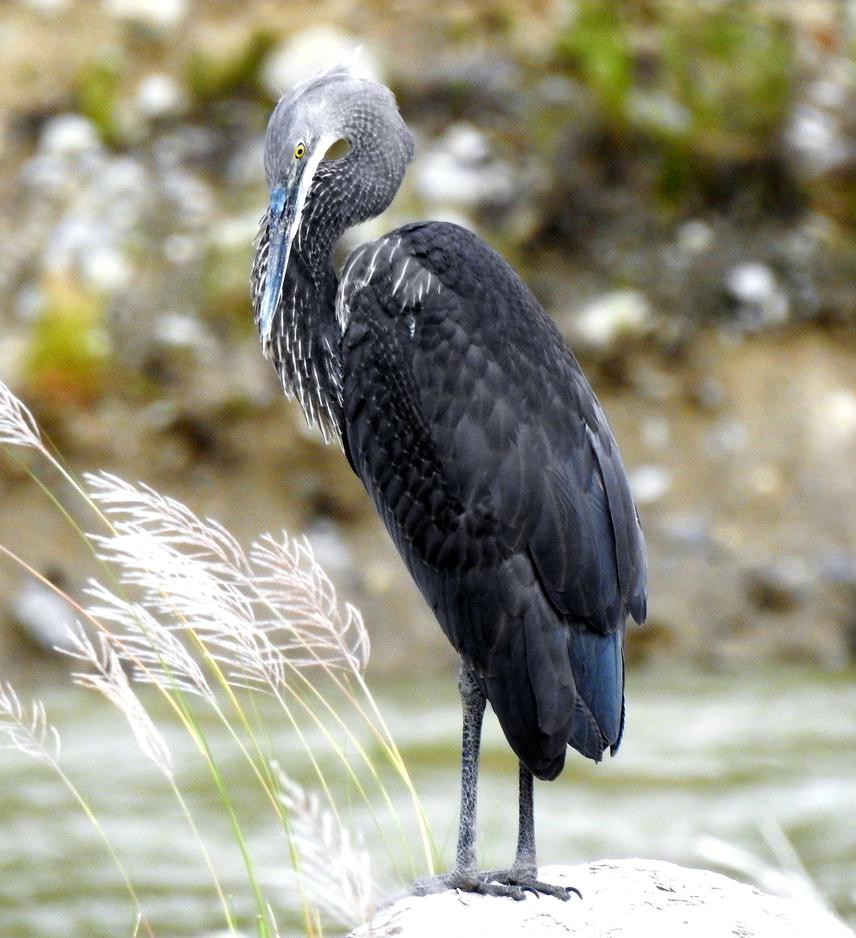Tandin Dorji
White Bellied Heron (Ardea insignis) is a critically endangered bird species with only 60 confirmed individuals throughout its range. Conservation work is being carried out to protect WBH from extinction, however conservation efforts are put into question as little is known about its threats and mitigation measures against it. Bhutan at present hosts 22 individuals of WBH (Royal Society for Protection of Nature [RSPN], 2021). Pochhu and Mochhu have been suitable habitats for this bird species to survive and reproduce. Every year WBHs are observed along the stretch and confluent of Phochuu and Mochuu. However, it is known that the population of WBH along these river stretches are declining, only 2 individual was observed from Pochhu and none from Mochhu in the year 2020 (RSPN, 2020) and none was observed last year (RSPN, 2021). Besides, the upper Punatsangchhu basin; Phochu and Mochhu are the oldest and previously the most abundantly used habitats in Bhutan (RSPN, 2021). So, the need to identify threats is important and accordingly provide threats mitigation measures for the survival of WBH.

WBH standing along the bank of Mochhu River, Punakha District. ©Mincha Wangdi
Therefore, the project aims to identify the threats to WBH that reside along the stretch and confluence of Phochhu and Mochhu, Punakha Dzongkhag, and accordingly provide threats mitigation measures. Through this study, indirect and direct threats can be known and accordingly provide threat mitigation measures and provide data to decision-making bodies in order to formulate a robust conservation plan for WBH.
The objectives of my project:
1. To examine local people’s awareness of White Bellied Heron.
2. To examine the threats to the survival of White Bellied Herons along the stretch and confluence of Phochuu and Mochuu.
3. Provide threat mitigation measures after identifying the threats.